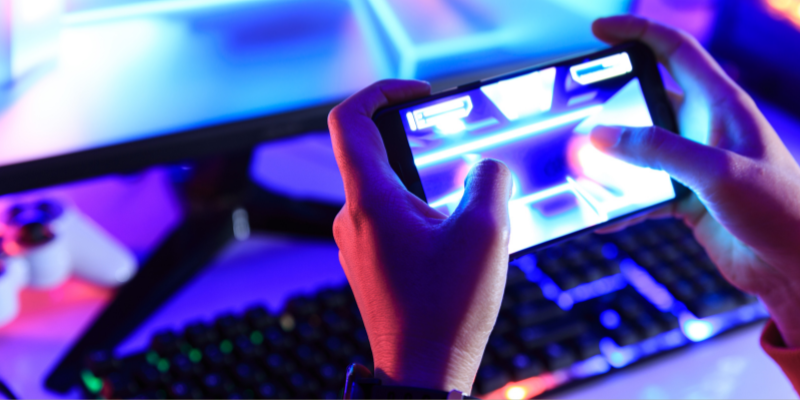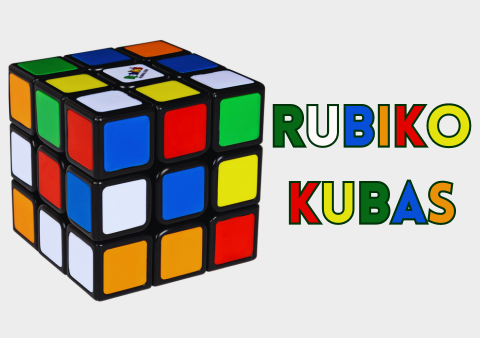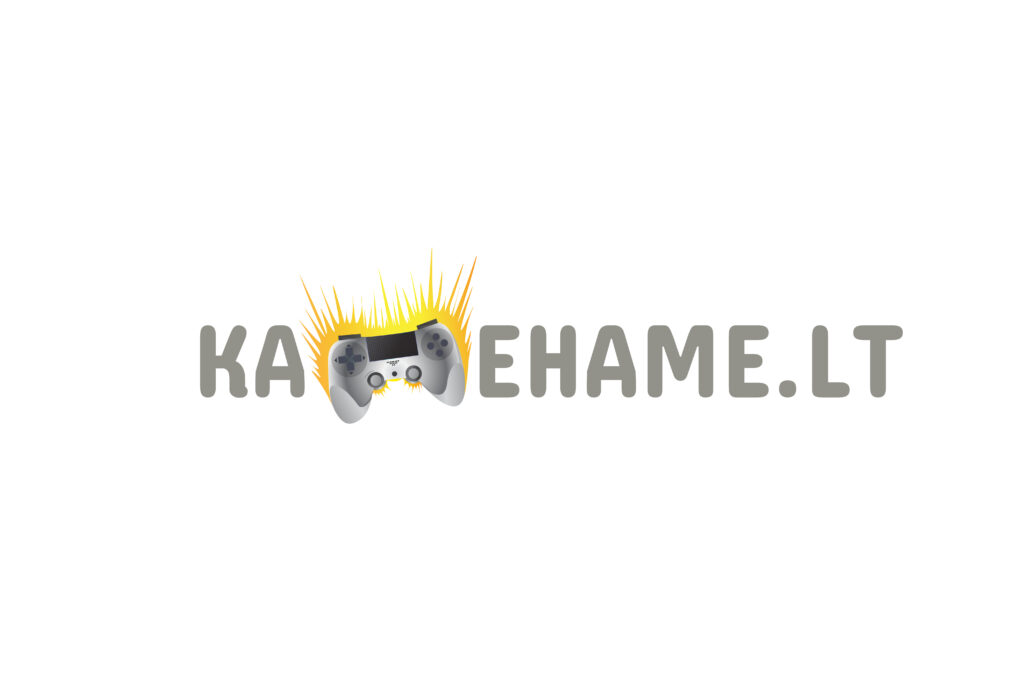Despite the rapid development of technology and our increasingly digital world, traditional board and card games seem to be confined to memories.
Recently, however, like the return of the old arcade machines or the video games of the 1980s, we are witnessing an unexpected increase in the popularity of analogue card and board games. They are once again becoming the highlight of the evening, bringing friends and associates together around the table for meaningful and quality time together.
Classics such as Uno, Monopoly and chess are returning to homes and store shelves. Or is this just a product of nostalgia and the glamour of the past? In fact, the return of analogue games is driven by much deeper factors than just a superficial sense of nostalgia.
New forms of online entertainment
As the world becomes more and more digitalised and technologically connected, it is less and less common to have genuine and lively conversations with other people. Just think of modern console or online games - where the focus is on the screen rather than on real interactions.
Among the various online attractions, digital casino slots are particularly popular, and various games of chance. This modern entertainment allows players to correspond or chat in real time in chat rooms or via voice messages. However, despite this form of communication, the player is still communicating through a screen and the actual human connection is often left out.

For the younger generation, classic board games are a real novelty. Playing at a shared table naturally engages people in lively interactions, sparks spontaneous discussions between participants, and the unique joy experienced is hard to replicate in the digital world.
Diverse and creative offerings
In addition to the well-known classic board games such as chess, Uno, Monopoly and Scarabeo, many new games have been added to the market in recent years, all of them carefully designed. In Italy, for example, various fairs and events dedicated to the world of analogue games are increasingly being organised, one of the most famous examples being the very popular exhibition Bologna Play.
The most popular party games at the moment are "Exploding Kittens", Wavelength and a creative card game Dixit. These games feature high-quality illustrations and original, non-trivial rules. It is these creative solutions that have further contributed to the growing popularity of board games and helped them to find their place even among the younger generation.
Influence of social networks
It cannot be denied that social networks have also had a significant impact on the return of old board games. "YouTube, TikTok and Twitch platforms have no shortage of content creators live-streaming board game sessions. "Dungeons & Dragons, Scarabeo or other analogue games are taking up more and more space in the digital space, offering viewers and players new experiences.
Such content inspires people to discover the world of board games for themselves and share it with friends, creating a self-expanding circle of engagement. As a result, more and more A generation are turning to traditional games and opting for cosy game nights at home as a meaningful leisure alternative.
This may seem unexpected at first, but here lies a valuable opportunity to step away from the screen for a while and immerse yourself in the real, live communication that we increasingly miss in our daily lives.
The renaissance of analogue games
Board and card games are making a comeback in everyday life as social, smart and creative activities. Today, with an almost unlimited supply of entertainment, it is hardly surprising that an increasing number of young people prefer traditional, non-virtual ways of spending their leisure time.
This is a truly joyful phenomenon - board games not only provide pleasant emotions, but also stimulate logical thinking, creativity and help strengthen social skills. Let's hope that this trend continues to grow, as more and more signs show that it is not a passing fad, but a sustainable and meaningful way to spend time.





